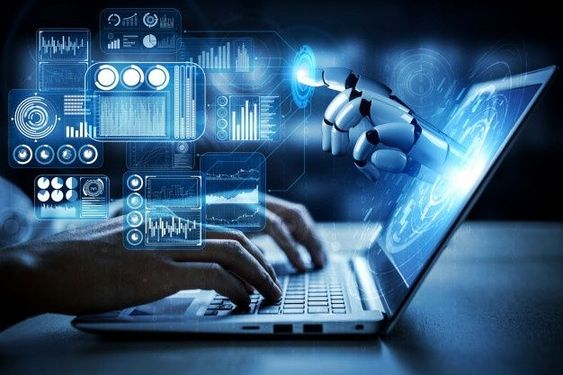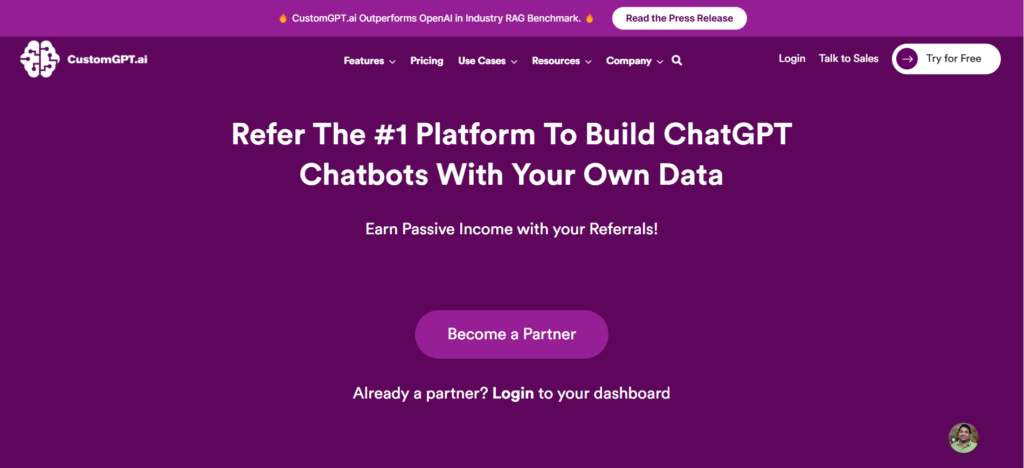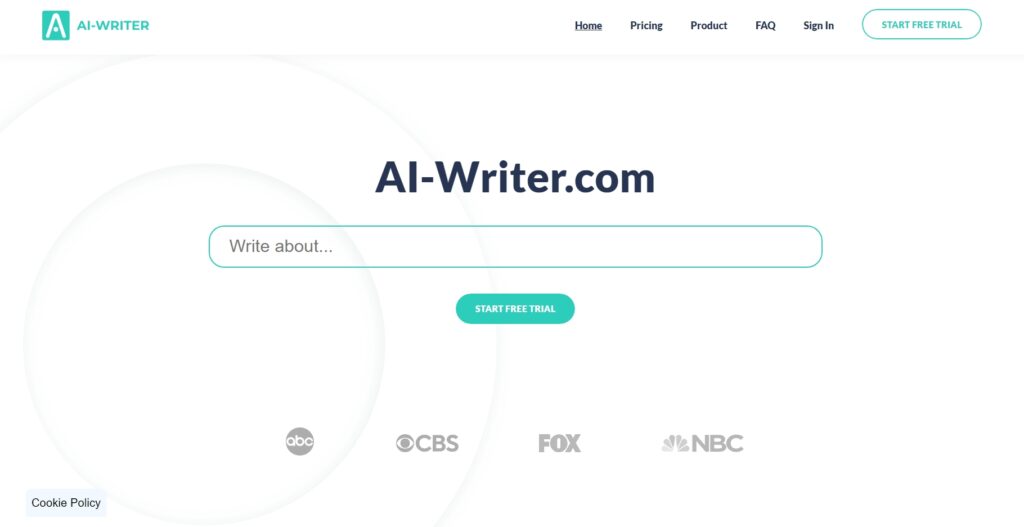What is Artificial Intelligence?
Artificial Intelligence (AI) is a rapidly growing field that has the potential to change the way we live, work and interact with technology. It is a discipline that involves developing algorithms and computer programs that can mimic human intelligence, such as learning, problem solving, decision making, and perception.
The history of AI
Artificial Intelligence (AI) is a field of computer science that aims to create intelligent machines that work and learn like humans. The development of AI started in the 1950s and 60s, when researchers first began exploring the idea of creating machines that could perform tasks that typically require human intelligence.
One of the key early milestones in AI was the creation of the first expert system, which was designed to solve complex problems by using knowledge and reasoning that was typically only found in human experts. This led to the development of other expert systems and the creation of AI algorithms and models, such as decision trees and neural networks.
The field of AI continued to evolve over the next few decades, with researchers exploring new techniques and approaches to developing intelligent systems. In the 1990s and 2000s, the rise of the internet and the availability of large amounts of data allowed for the development of machine learning algorithms that could automatically learn from data and make predictions based on that data.
Another major milestone in the development of AI was the creation of deep learning algorithms, which are based on artificial neural networks with many layers. Deep learning algorithms have been used to achieve breakthroughs in a variety of tasks, such as image recognition, speech recognition, and natural language processing.
AI Tools and Solutions
One of the most popular applications of AI is in the automation of routine tasks. AI-powered tools can automate a wide range of tasks, from data entry and analysis to customer service and support. This not only saves businesses time and money, but it also frees up employees to focus on more strategic and creative tasks, helping to boost productivity and improve the overall quality of their work.
Another key area where AI is having an impact is in decision-making. AI algorithms can analyze large amounts of data and provide insights and predictions that would be difficult or impossible for humans to generate on their own. This is particularly useful in industries such as finance, where AI can help to identify trends, detect fraud, and make investment decisions.
AI tools are also being used to improve customer experiences and engagement. For example, AI-powered chatbots can provide customers with real-time support and information, 24 hours a day, seven days a week. This not only improves customer satisfaction, but it also helps businesses to respond more quickly to customer needs, improving their overall competitiveness.
Best AI Technologies
The best AI technologies are constantly evolving, as researchers and developers continue to push the boundaries of what is possible. Currently, some of the most advanced AI technologies include machine learning platforms, computer vision systems, and NLP systems. These technologies are being used in a variety of industries, including finance, healthcare, retail, and education.
Artificial Intelligence in Art
One of the most significant ways that AI is impacting art is through the creation of algorithmic art. Algorithmic art is a form of computer-generated art where algorithms are used to create unique works of art. Artists can input a set of parameters and rules into a computer program, which then generates a unique piece of art based on those inputs. This opens up new avenues for artistic expression, as the artist is no longer limited to traditional mediums such as paint or charcoal. Instead, they can create works that are entirely digital, using algorithms to produce complex patterns, shapes, and colors.
Another way that AI is changing art is through the use of AI-powered tools that assist artists in their work. These tools can help artists to generate new ideas, find inspiration, and bring their visions to life in new and innovative ways. For example, an AI tool could analyze an artist’s existing portfolio and suggest new directions for their work, or suggest color palettes that would complement a particular piece. These tools can also help artists to refine their skills and perfect their craft, as they can receive real-time feedback and suggestions from the AI system.
AI is also having an impact on the way art is displayed and viewed. With the rise of virtual and augmented reality technology, artists are now able to create immersive experiences that transport the viewer into a digital world. This opens up new possibilities for art exhibitions, allowing artists to create interactive and responsive works that change based on the viewer’s movements and actions.
Finally, AI is changing the way art is valued and perceived. With the increasing use of AI in the art world, questions about the authenticity and originality of art are being raised. Some argue that works created by algorithms lack the human touch and creativity that make art so unique, while others argue that algorithmic art is just as valid as any other form of art. The debate is likely to continue as AI continues to evolve and become more sophisticated, and it will be interesting to see how the art world evolves as a result.
AI Technology and the Future
The future of AI technology is exciting and full of possibilities. As AI continues to evolve, we can expect to see even more advanced AI solutions and tools being developed. For example, we may see AI being used to create autonomous vehicles, to power smart homes, and to develop new forms of entertainment. In addition, AI may also be used to address some of the world’s biggest challenges, such as climate change and poverty.
ChatGPT: A Case Study in AI
ChatGPT is a powerful language model developed by OpenAI that has taken the AI world by storm. The model is capable of generating human-like text, making it a valuable tool for a wide range of applications, from customer service and support to content creation and beyond. In this blog post, we’ll take a closer look at ChatGPT, exploring how it works and what makes it so unique.
At its core, ChatGPT is a deep learning model that uses advanced neural networks to generate text. The model has been trained on a massive amount of data, including books, websites, and other written material, allowing it to generate text that is both relevant and accurate. One of the key features of ChatGPT is its ability to generate text that is contextually aware, meaning that it can respond to prompts in a way that is coherent and relevant to the conversation.
One of the main benefits of ChatGPT is its versatility. The model can be used for a wide range of applications, from customer service and support to content creation and beyond. For example, businesses can use ChatGPT to automate routine customer support tasks, freeing up employees to focus on more complex and strategic tasks. Additionally, the model can be used to generate high-quality content, such as articles and blog posts, saving businesses time and resources while still producing high-quality results.
Another unique feature of ChatGPT is its ability to generate text that is both natural and human-like. This is achieved through the use of advanced machine learning algorithms that are designed to mimic the way humans think and write. This makes it possible for ChatGPT to generate text that is virtually indistinguishable from text written by a human, making it an ideal tool for applications where authenticity and natural language are important.
Conclusion
Artificial Intelligence is a rapidly evolving field that is changing the way we live, work, and interact with technology. From simple chatbots to advanced AI systems, AI technology is being used in a variety of industries to solve problems, make predictions, and create new forms of art. As AI continues to evolve, we can expect to see even more advanced AI solutions and tools being developed, and we can look forward to a future where AI will play a key role in shaping the world around us.









